These elements are brought together in a dynamic and colorful composition, where the similarities with this other Belgian painter, Anto Carte, are striking.
The combination of these elements creates a certain tension. Is it a work of mercy (helping a blind man) or are we spectators of a scene where the purse of a poor unfortunate person is stolen?
The use of impasto is striking: the painter emphasizes the texture of the tissues and the skin with fluid lines. Maurice Langaskens 1884 - 1946 Biography Belgian painter and engraver, Maurice (Maurits) Langaskens enrolled at the Royal Academy of Fine Arts in Brussels in 1901 and received training as a decorative painter with the great Belgian muralist and sculptor Constant Montald. Very early on, Langaskens was recognized as an excellent designer and won several prizes at the Academy. After living and studying for a few months in France in 1906, mainly in Dijon, the young Langaskens settled in Schaerbeek, in the suburbs of Brussels. He began his independent career in 1907, when he first exhibited three decorative paintings at the Brussels Salon and also presented an exhibition of his works at the Salle Boute in the same city. The following year, he presented six paintings at the 16th annual exhibition of the Belgian artists' association "Pour l'Art" in Brussels, where he exhibited frequently throughout his career, until 1941. (Langaskens also designed the poster for the 17th exhibition "Pour l'Art" in 1909). Also in 1908, one of his paintings was selected for an exhibition of Belgian modern art in Berlin. Most of Langaskens' early works are done in an Art Nouveau or Symbolist style, vibrant and visually arresting. This bold and colorful manner also resulted in commissions for large-scale murals, and he quickly became one of the leading painter-decorators of early 20th century Belgium. His decoration of the Zoutleeuw town hall in 1912 earned him considerable fame and the praise of his teacher and mentor Montald: "He was one of the best students in the class; today he is the most successful artist most remarkable among the decorators of our time". The same year, the first in a series of exhibitions of Langasken's works was organized at the Cercle Artistique et Littéraire de Bruxelles. The outbreak of the First World War abruptly interrupted the growth of the artist's career. Enlisted in the Belgian army at the beginning of August 1914, Langaskens was captured by the Germans after less than fifteen days. He spent the next three and a half years as a prisoner of war, in the internment camps of Sennelager, Münsterlager and Göttingen. He produced numerous paintings and watercolors, mostly small, depicting portraits and scenes of daily life in the camps, which are today considered his most beautiful and personal works. It was also during this period that he painted two of his best-known paintings, the large canvas In Memoriam, painted in 1916 and representing the burial of a Belgian soldier by his comrades, and the monumental triptych Rest in Peace , painted between 1915 and 1918. After his release and his return to Belgium, Langaskens exhibited more than eighty paintings and drawings that he made as a prisoner of war at the Galerie Sneyers in Brussels in 1918. After the armistice , Langaskens, suffering from aphasia and nervous disorders due to his long detention, mainly painted easel paintings depicting winter landscapes, rustic genre scenes and floral subjects, and also produced a number of drawings for tapestries, book illustrations and stained glass windows. After a few years, however, his health recovered and he began working again on commissions for large-scale decorative murals. In 1920, Langaskens was one of the founders, with Montald, Jean Delville, Emile Fabry and Albert Ciamberlani, of the Society of Monumental Art, which was dedicated to the monumental decoration of public buildings and its integration into architecture. . Among his first public commissions after the war was a large wall decoration for a school in Schaerbeek, completed in 1922. A monograph devoted to Langaskens was published in 1923, and important exhibitions of his paintings, drawings and prints were held in galleries Brussels in 1924, 1925, 1930 and 1936. Between 1934 and 1935, Langaskens contributed, with other members of the Society of Monumental Art, to the important decoration of the municipal theater of Louvain. He continued to exhibit throughout the 1940s, particularly during the annual “Pour l’Art” exhibitions. He presents more and more of his superb graphic work, which begins to take on a lot of importance.


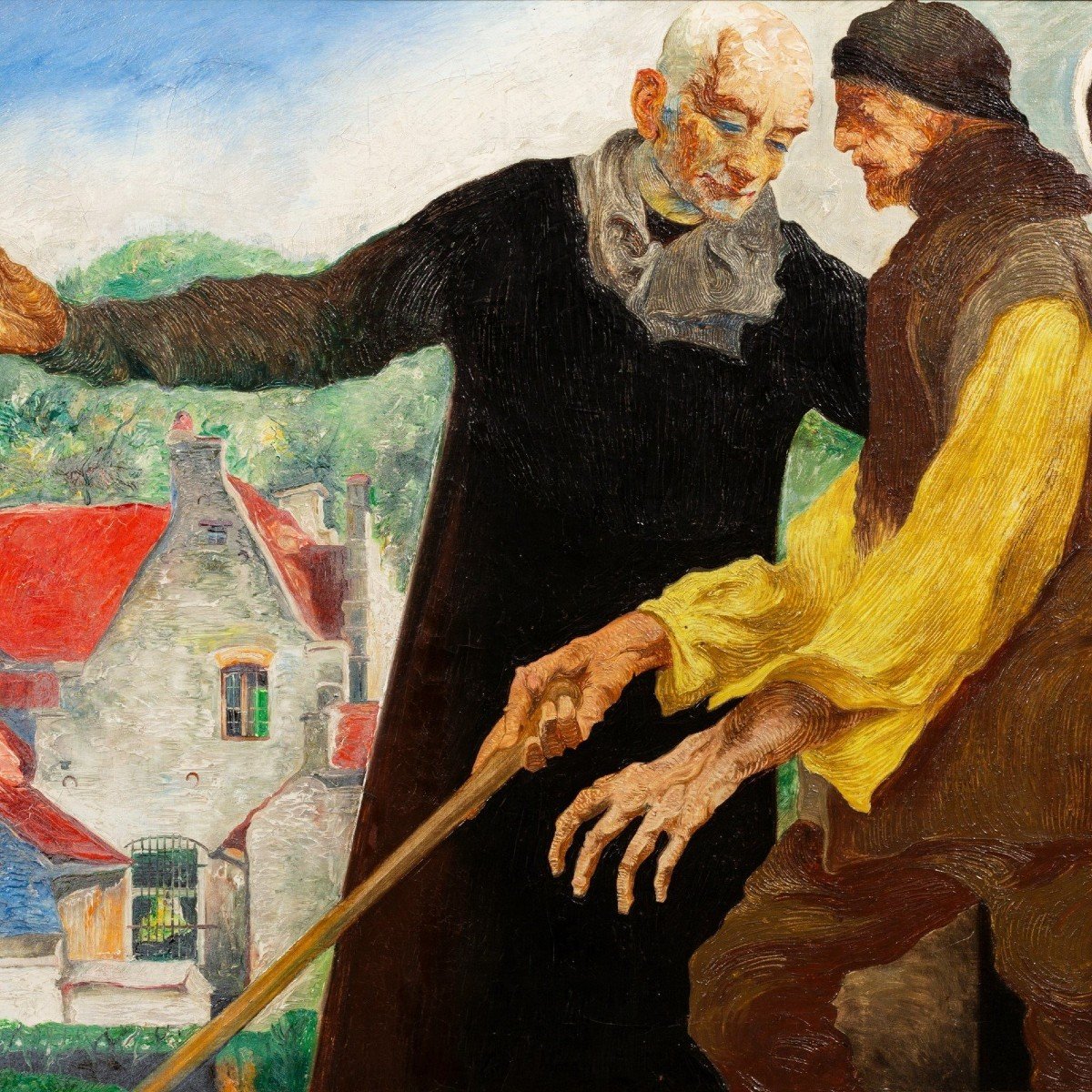


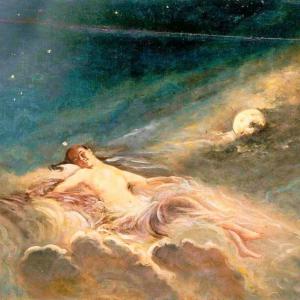
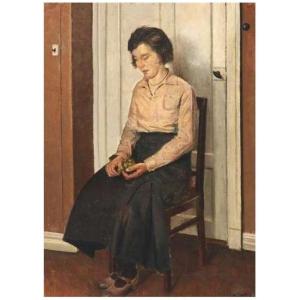

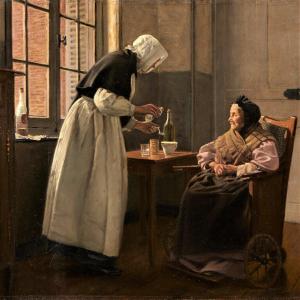

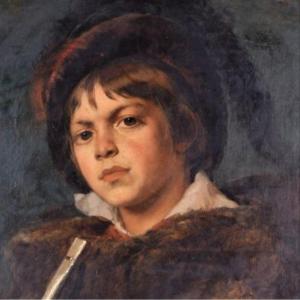
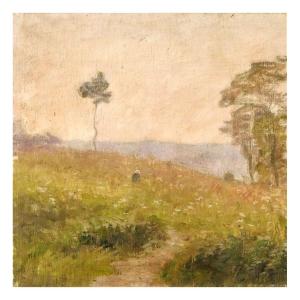


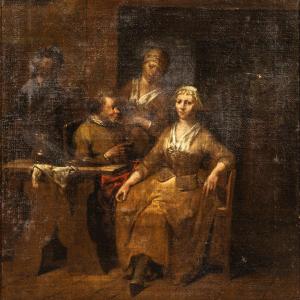




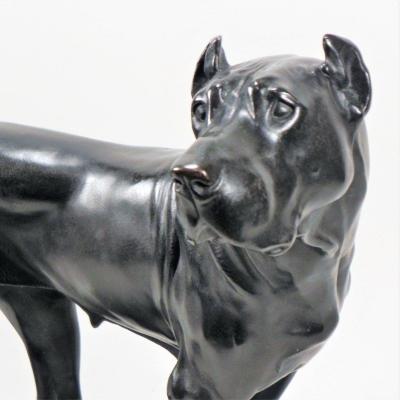

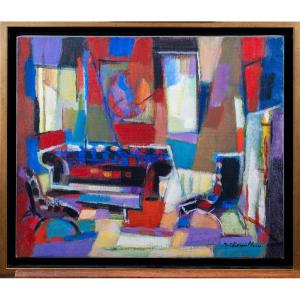






 Le Magazine de PROANTIC
Le Magazine de PROANTIC TRÉSORS Magazine
TRÉSORS Magazine Rivista Artiquariato
Rivista Artiquariato